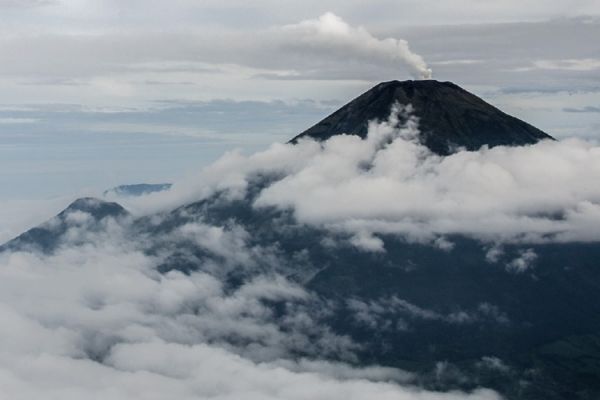The Greenland ice sheet owes its existence to the growth of an arc of islands in Southeast Asia — stretching from Sumatra to New Guinea — over the last 15 million years, a new study claims.
According to an analysis by researchers at the University of California, Berkeley, UC Santa Barbara and a research institute in Toulouse, France, as the Australian continent pushed these volcanic islands out of the ocean, the rocks were exposed to rain mixed with carbon dioxide, which is acidic. Minerals within the rocks dissolved and washed with the carbon into the ocean, consuming enough carbon dioxide to cool the planet and allow for large ice sheets to form over North America and Northern Europe.
“You have the continental crust of Australia bulldozing into these volcanic islands, giving you really high mountains just south of the equator,” said Nicholas Swanson-Hysell, associate professor of earth and planetary science at UC Berkeley and senior author of the study. “So, you have this big increase of land area that is quite steep, in a region where it’s warm and wet and a lot of rock types that have the ability to naturally sequester carbon.”
Continue reading at University of California - Berkeley.
Image via Yuem Park.


